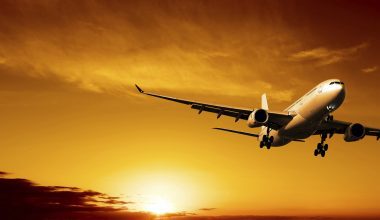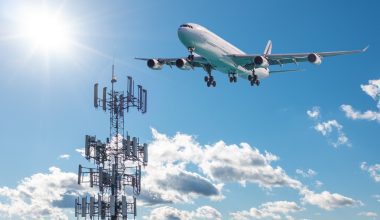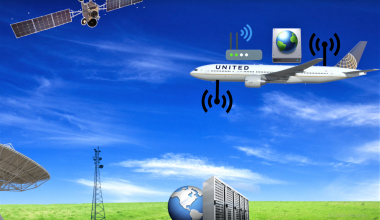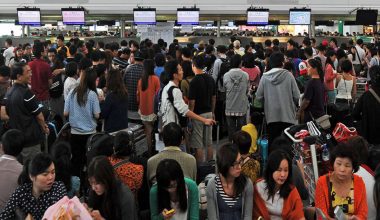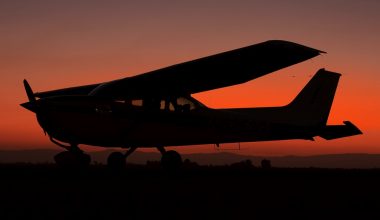Aviation industry has completely changed and grown to a major transport business these days with over 3.6 billion travelers by 2016.
Airbus’ latest Global Market Forecast 2017-2036 expects the passenger aircraft with seating capacity of more than 100 will double in next 20 years to 40,000 planes. The air traffic is set to grow at 4.4 percent per year. Likewise, Boeing had also forecasted over 50,000 aircraft will rise by next 20 years.
The growing number of aircraft increases fuel consumption which then produces greenhouse gases like carbon dioxide, methane and nitrous oxide. By 2020, global international aviation emissions are projected to be around 70% higher than in 2005 and the International Civil Aviation Organization (ICAO) forecasts that by 2050 they could grow by a further 300-700%. Besides, aircraft noise is also responsible for noise pollution.
Approaches to reduce environmental problems created by aviation
To scale down the emissions from aviation, in 2012, an EU emissions trading system was set up which required all airlines to monitor, report and verify their emissions, and to surrender allowances against those emissions. Therefore, this system appeared to be successful – the aviation sector reduced its carbon footprint by 17 tonnes per year.
Likewise, International Civil Aviation Organization (ICAO) has set up noise certification standards to decrease noise pollution like avoiding over-flying sensitive sites such as hospitals and schools which commercial aircraft must fulfill.
Besides, the aircraft manufactures and engineers are working their best to upgrade plane’s structure in such a way that it becomes more environments friendly.
Bio-fuel for airplanes could be the solution to reduce aviation’s carbon footprint however, it is hard to produce bio-fuel due to a major demand for it. Also, bio-fuel can support aircraft fuel by only small portions. NASA has determined that 50% aviation bio-fuel mixture can cut air pollution caused by air traffic by 50-70%.
Another solution is regional aircraft which is made to be as light as possible and has technologies that reduce noise. Also, teams are working on eco-designs. These designs have the lightest, least polluting (paint), most recyclable materials and are aimed at optimizing the aircraft’s trajectory as well as to managing energy flows in the aero plane, getting rid of fluids, pipes and equipping planes with electronic devices to reduce CO2 emissions.
In context of Nepal, the aviation industry has expedited with addition of new airline companies and increasing number of aircraft which has higher probability of rocketing environmental pollutions. It is utmost importance for all the respective authorities to act wisely to reduce environmental impacts caused by the aircraft operation. Strictly following EU emission trading system and International Civil Aviation Organization (ICAO) noise certification standards could lessen environmental issues. Hence, the airline operators along with regulatory bodies must show keen interest to enhance aviation industry to become more environment friendly than ever.




